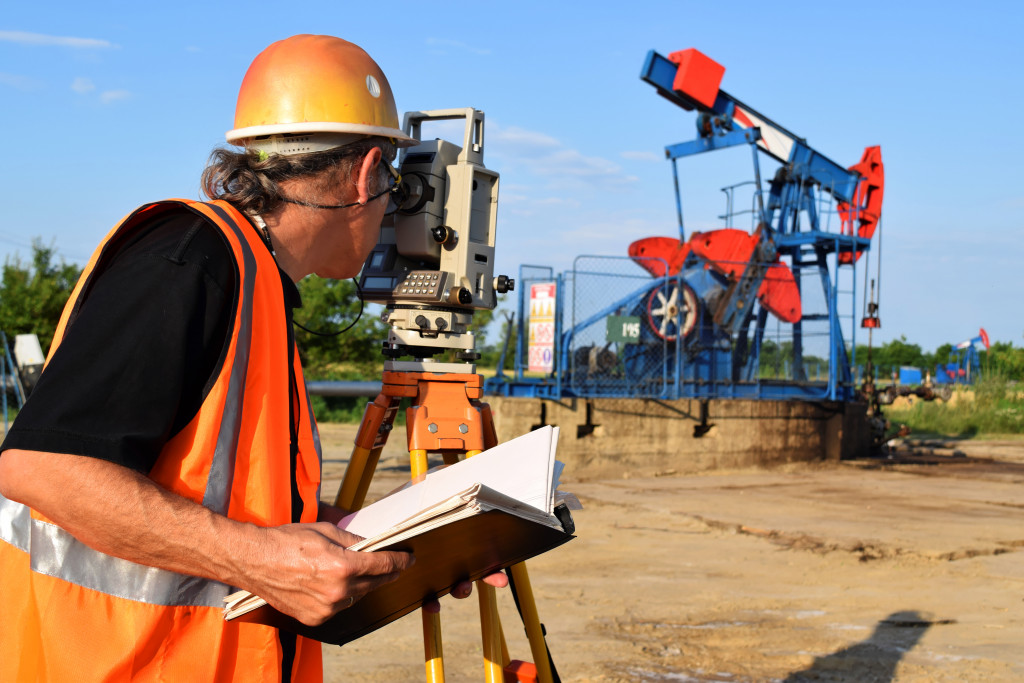As populations grow and resources become increasingly scarce, technology is the only viable solution for improving water systems in the United States. From monitoring climate change to developing advanced filtration systems, here are five technologies revolutionizing water systems across America.
Smart Water Meters
Smart water meters are quickly becoming a necessity for many cities across the country. Through digital sensors and automated reporting, these devices can help cities better manage their resources and provide real-time data on usage patterns and potential leaks. Smart water meters also allow for more accurate billing, helping to reduce water waste and conserve resources.
Smart water meters can also be combined with AI-enabled systems to optimize how resources are used. This technology can learn from past usage patterns and adjust accordingly to make sure that resources are being used in the most efficient manner possible. Additionally, smart water meters have been shown to reduce energy consumption dramatically, as they help cities monitor and regulate their energy use more effectively.
Advanced Filtration Systems
As environmental conditions change, so does the need for water filtration systems. That’s why many companies are working hard to develop advanced filtration technologies capable of removing a wider range of contaminants from drinking water. These systems can be tailored to specific regions according to local needs, ensuring that residents always have access to safe, clean water.
Advanced filtration technologies often include carbon-based systems that can remove larger particles, such as metals, while also being able to block out smaller contaminants like viruses and bacteria. These systems provide a better quality of water for consumption and can also reduce the number of pollutants released into the environment, helping to protect nearby ecosystems. Other advanced filtration technologies are being developed to effectively filter out industrial contaminants like arsenic or lead, ensuring that the water is safe for its intended purpose.
Advanced filtration systems also help detect particles suspended in the water stream, which can minimize repairs needed for well pumps caused by sediment buildup. By proactively detecting these contaminants, water systems can be better managed and kept in optimal condition without requiring frequent repairs or maintenance.
Aeroponic Farming

One of the most innovative technologies being used to revolutionize water systems is aeroponic farming. This method uses an air-based mist to deliver moisture directly to plant roots, reducing the water needed while still providing superior yields than traditional growing methods. Aeroponics has been shown to be a great way to produce food in urban areas with limited space or access to natural resources like soil or sunlight.
Aeroponic farming not only requires less water and space, but it also produces more nutrient-dense food than traditional methods. The mist used in aeroponics contains a higher oxygen concentration and other essential nutrients, leading to healthier plants with improved flavor and texture. Furthermore, aeroponic systems are often self-contained and easy to maintain, allowing maximum efficiency without requiring professional help. By using aeroponics to produce food locally, cities can reduce their reliance on imported resources while still providing residents with fresh and healthy meals.
Desalination Plants
Desalination plants are becoming increasingly common to convert saltwater into freshwater. They can be used both onshore and offshore, allowing cities or countries with limited access to freshwater sources to still have access to clean drinking water. Desalination plants work by using reverse osmosis — a process that forces salt water through a semipermeable membrane that only allows freshwater molecules through — leaving behind highly concentrated salt brine that is then discharged back into the ocean.
However, this process is incredibly energy intensive, with the amount of electricity required to power the desalination plant often exceeding that generated locally. Many desalination plants are turning to renewable sources such as solar or wind power to reduce their energy consumption. Additionally, some facilities recycle the waste heat created during the reverse osmosis process and use it to generate additional electricity. Such measures are helping to revolutionize desalination plants by making them more efficient and cost-effective for communities looking for a reliable source of clean drinking water.
Rainwater Harvesting
Rainwater harvesting is another great technology being used in many parts of the world, including the United States, that helps reduce strain on municipal water supplies and conserve precious resources. By collecting rainwater from rooftops or other surfaces and storing it for later use, homeowners can significantly reduce their dependence on city-supplied tap water while getting free irrigation for their gardens or landscapes.
Rainwater harvesting systems can also be used to supplement municipal water supplies, helping cities and towns reduce their overall water consumption. Furthermore, rainwater harvesting systems are highly effective in areas where drought is frequent, as they can help ensure that communities have access to clean drinking water even during dry spells. The collected rainwater can then be treated with advanced filtration technologies to ensure it meets all applicable safety standards before being released into the community.
In Summary
These five technologies revolutionizing American water systems prove that technology plays a vital role in conserving finite resources like clean drinking water and preventing potential disasters caused by the overutilization of those same resources. From smart meters monitoring usage patterns remotely to rainwater harvesting, helping households reduce their dependence on municipal supplies, technology is rapidly transforming how the country manages its most precious resource. Even though these technologies have made tremendous progress over recent years, they still require continuous research and development efforts.












